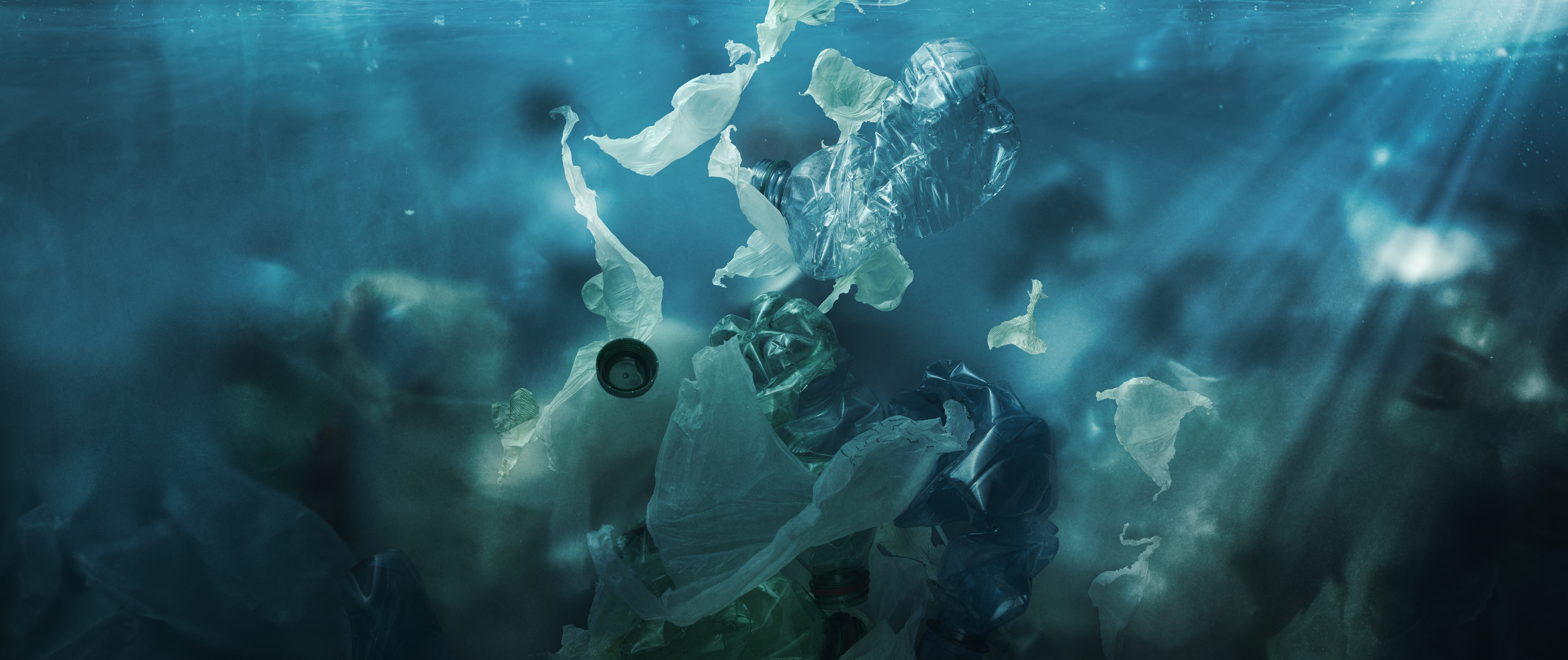
10 Sep Rise in presence of faecal parasite in Irish water supplies in 2018
The EPA has seen detections of Cryptosporidium in 25 public water supplies in 2018, up from 17 in 2017
THE QUALITY OF Ireland’s drinking water remains high but the Environmental Protection Agency (EPA) says there are still significant problems at many of Ireland’s water treatment plants, with the potential to harm people’s health.
The quality of drinking water across Ireland was found to have a 99.9% compliance with microbiological parameters and 99.6% compliance with chemical parameters, however, some concerns were outlined in EPA’s drinking water quality in public supplies report 2018, launched today.
Among those concerns is the rise in Cryptosporidium detection in the past three years. The EPA has seen the detection of the faecal parasite in 25 public water supplies in 2018, up from 17 in 2017 and 12 in 2016.
The report also notes that 15,274 people remain on boil water notices around the country, the vast majority in Tallanstown, Co Louth and Lough Talt, Co Sligo.
Cryptosporidium is a parasite that is found in human or animal waste and if present in drinking water can cause serious gastrointestinal illness, particularly in young children and the elderly.
The EPA’s report outlines the main reasons for the detection of Cryptosporidium in the 25 supplies:
- In eight supplies, the treatment processes or infrastructure were not good enough to treat Cryptosporidium effectively.
- In seven supplies, there were no treatment processes in place at all at the water treatment plant to treat Cryptosporidium.
- In three supplies, there was an appropriate barrier to Cryptosporidium at the water treatment plant but operational issues resulted in the failure to remove the parasite.
Dr Tom Ryan, director of the EPA’s Office of Environmental Enforcement said the EPA has ensured that Irish Water has investigated each of these parasite detections.
Irish Water must make certain that water treatment plants are properly and effectively operated to protect public health. Those plants without appropriate treatment for Cryptosporidium need to be prioritised for investment by Irish Water.
In response to today’s report, Irish Water said that through the National Disinfection Programme, Irish Water is investing over €65 million to make drinking water safe from bacteria and parasites, such as E. coli and Cryptosporidium.
“This programme involves assessing 859 disinfection sites. To date, we have assessed 790 sites and completed upgrade works on over 190 sites nationwide. We are also working to address the issue of chlorine by-products in drinking water via a specific programme of treatment upgrades,” Eamon Gallen, general manager of Irish Water, said.
Irish Water added that during 2018 it devised a standardised monitoring protocol which it says has resulted in a more robust risk-based monitoring programme for supplies at risk from Cryptosporidium.
“This enables our engineering and scientific specialists to identify risks to drinking water supplies quickly and react definitively, and to ensure that the EPA, HSE and the public are informed where water is considered unsafe to drink.”
The report shows that in 2008 there were 339 public water supplies (around 36% of the supply) considered at-risk. That figure decreased to 63 at the end of 2018. However, according to the EPA that downward trend has been reversed in the first six months of 2019 – with eight supplies added to the remedial action list.
Andy Fanning, programme manager, EPA’s Office of Environmental Enforcement, said these recent additions highlight that there are still significant problems at many of Ireland’s water treatment plants, “with the potential to harm people’s health”.
“The EPA is particularly concerned about supplies where we have seen poor operational practices at water treatment plants. Consumers must have confidence that their water supply is not just safe to drink today but will also be safe in the long term,” Fanning said.
At the end of 2018, 63 supplies supplying water to 555,689 consumers were on the remedial action list. Irish Water has to prioritise sites on the EPA Remedial Action List and develop action plans for improvements to be completed, by set dates.
Eight supplies supplying water to 66,621 people, were added to the list in 2018. These supplies were added for persistent pesticide problems, inadequate treatment for Cryptosporidium, failure to meet the trihalomethane (THM) standard and persistent nitrate problems.
THMs are chemicals produced by a reaction between using chlorine to disinfect water and natural organic matter. At high levels, they have been associated with certain cancers and reproductive problems.
Prosecutions
The EPA conducted 58 audits of water treatment plants and three audits of Irish Water’s monitoring programmes in 2018 resulting in the issuing of six directions (legally binding instructions) to Irish Water.
The EPA can take legal action against Irish Water where it considers that a direction has not been complied with. In 2018 it took prosecutions against Irish Water for failure to upgrade six supplies in Donegal.
According to the EPA it had issued six directions to Irish Water because of persistent trihalomethane failures in these Donegal supplies.
“Irish Water pleaded guilty to two summonses, relating to Fintown and Greencastle, with the evidence in relation to all six supplies being outlined to the Court to be taken into consideration. Irish Water was convicted in relation to the summonses for Fintown and Greencastle and total fines of €6,000 were imposed. Agency costs were also awarded,” the report states.